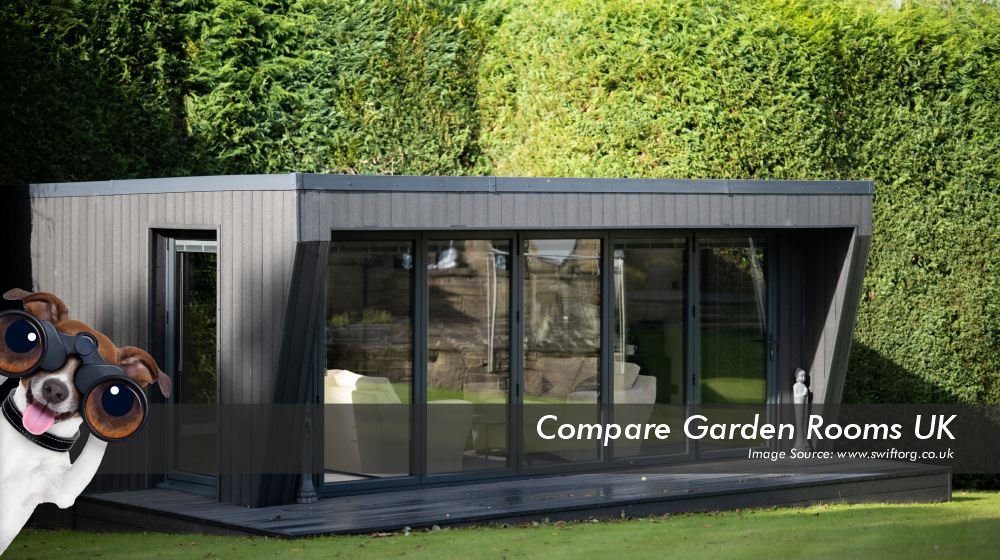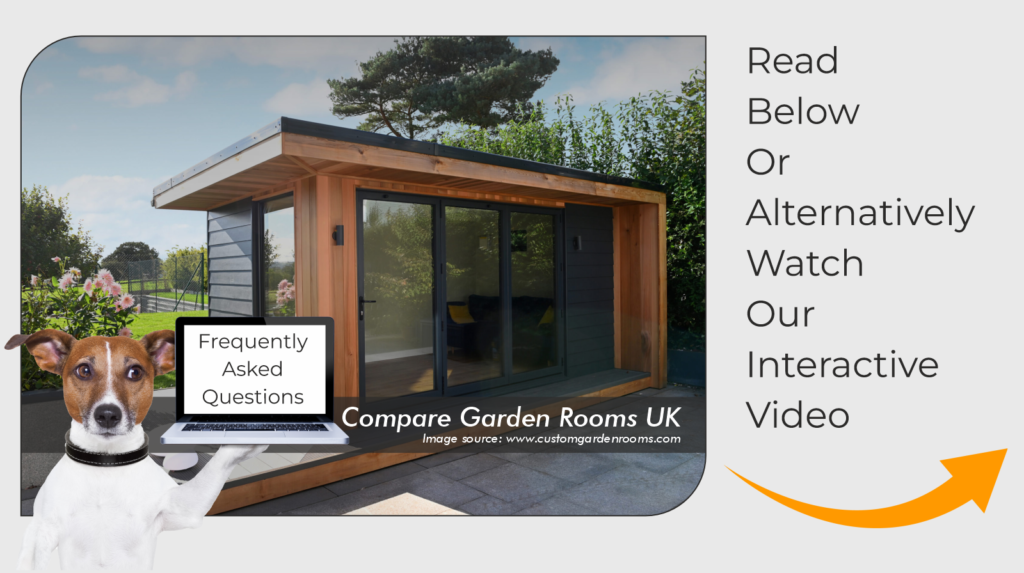There are many different kinds of insulation to choose from. Each material has its own unique benefits, from cost to performance or eco-friendliness.
Rockwool – Mineral wool is one of the most highly used insulation materials. Available as slab insulation or insulation rolls, it offers fantastic thermal performance, boasting exceptional u-values and great sound absorption. Mineral wool insulation is a fantastic option for garden offices in noisier areas, to ensure you can concentrate with some peace and quiet.
PIR insulation board – Rigid foam boards are the most common type of insulation used by garden room suppliers in 2022. They offer some of the best thermal performance relative to their thickness. For example, when insulating a wall cavity that’s 100mm deep, a PIR foam board will be twice as effective as mineral wool.
Multifoil insulation – is crafted from many layers of radiant foil barriers to create an incredibly effective form of insulation. Able to be used in any part of a structure, foil insulation can even be used in combination with other forms of insulation for maximum effectiveness. When installed in this way, the multifoil will even act as a vapour barrier, fighting excess moisture in the air.










